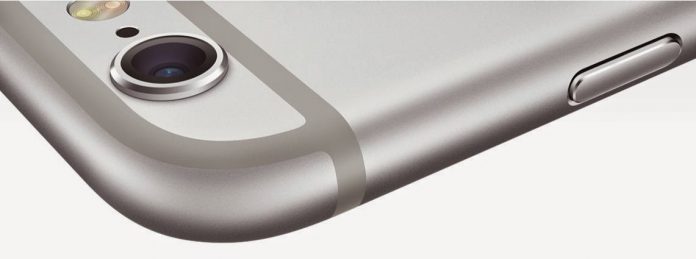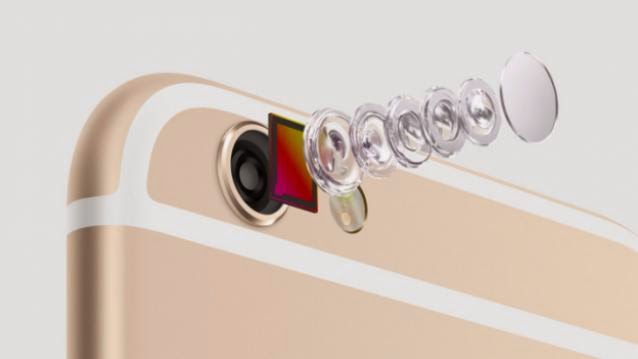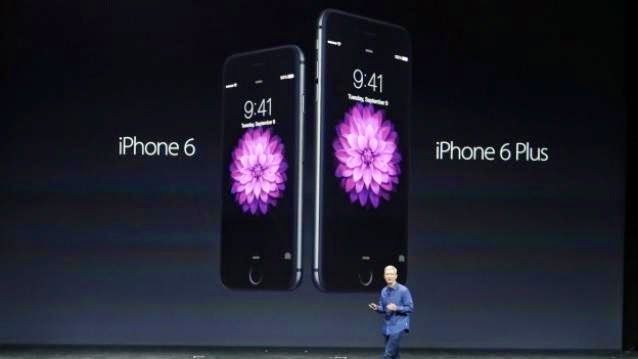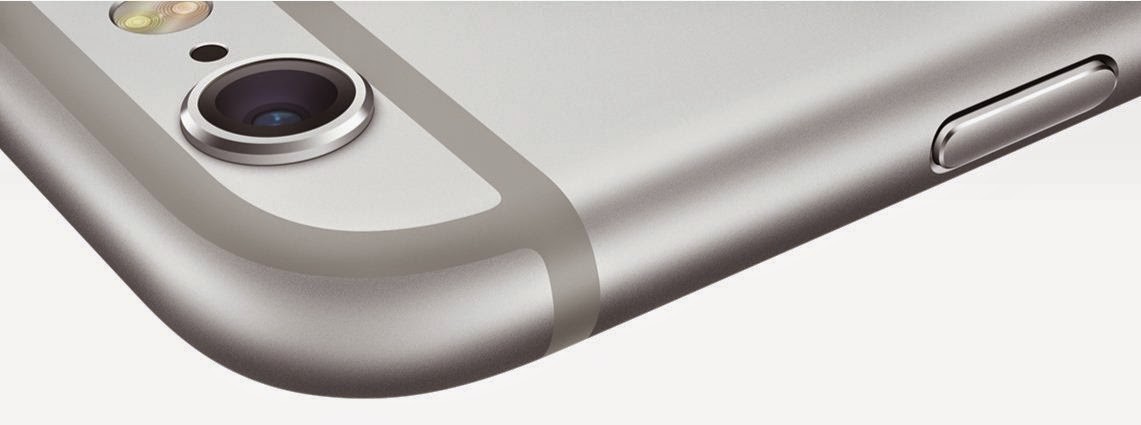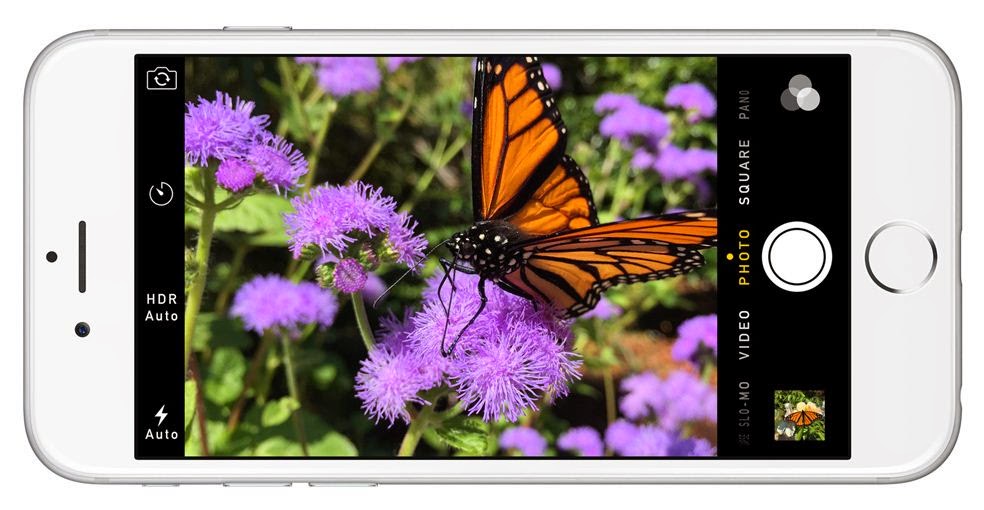The Apple iPhone 6 and iPhone 6 Plus keynote last night was unnaturally quick, by Apple’s previous iPhone presentation standards. Amidst the flurry of announcements, the one on iSight camera was particularly interesting. The camera features have got an impressive boost. For starters, the 4.7-inch iPhone 6 and 5.5-inch iPhone 6 Plus will make use of on-sensor phase detect autofocus. This is a significant upgrade from the contrast-detect AF that is seen in the previous iterations. According to Apple, the phase-detect AF will make the focussing system of the new iPhones almost twice as fast as the iPhone 5s. With major smartphone makers such as Samsung, HTC and LG improving their AF systems with their flagship smartphone cameras, it was but natural for Apple to up their AF speed game as well.
In true Apple style, the on-sensor phase detect sensors even have a name – focus pixels. It basically means on-sensor pixels which are dedicated to determine the focus distance, which reduces the twitching you see when cameras are trying to acquire focus with the contrast detect AF.
The other major announcement pertaining to cameras was the presence of the Optical Image Stabilisation (OIS) on the iPhone 6 Plus. The iPhone 6 will have to stay content with digital image stabilisation. Now OIS isn’t something new, as we have seen it in the past with the Nokia Lumia 920 as well as other Lumia flagship models along with others such as LG G2. It basically makes the lens move in order to compensate for the movements due to hand shakes, in order to get a stable image. The presence of the new A8 processor along with gyroscope and the M8 co-processor help.
Both the iPhone 6 and iPhone 6 Plus will feature an 8MP sensor with a pixel size of 1.5 microns. Both the phones will sport a wide f/2.2 aperture. These features are similar to the ones seen on the iPhone 5s, keeping the maximum resolution at 3264×2448 pixels. It is good to see Apple not trying to increase the megapixel count just for bragging rights, but improving on the camera features.
The front-facing camera has got a new sensor with the same f/2.2 aperture which according to Apple allows 81 per cent more light in. Keeping in line with the ‘selfie’ trend Apple has added features such as the Burst Selfie mode which takes 10 photos per second, self-timer mode which gives 3 secs and 10 secs for you to compose your selfies. Apart from this, the front camera comes with improved high dynamic range (HDR) features.
Panoramas can be shot at upto 43MP resolution from end to end. You also get blink and smile detection in the burst mode, which lets the camera select the best shot for you.
On the video front, the iPhone 6 and iPhone 6 Plus present improved features as well. For starters, with both the phones, you can shoot full HD 1080p videos at 30 fps as well as 60 fps. The slow-mo mode has also got a boost, allowing you to shoot at 720p resolution with a 240 fps frame rate. The always-on continuous AF in the video mode ensures that your subject is in focus. Thanks to the iOS 8, you can shoot time-lapse videos as well with the A8 processor helping with quick processing. Another feature for video shooters includes cinematic video stabilisation which helps you keep your video footage steady from external camera shakes.
On paper, the iSight camera on the two phones look good. With the improved processor and battery life, you should be able to shoot more and get better noise-reduction algorithms. The phase detect AF has a lot of promise as well. Will this be the ultimate smartphone shooter? We will have to test the new iPhone 6 and iPhone 6 Plus cameras, to say for sure.

